How Books Can Shape Success written by John Jantsch read more at Duct Tape Marketing
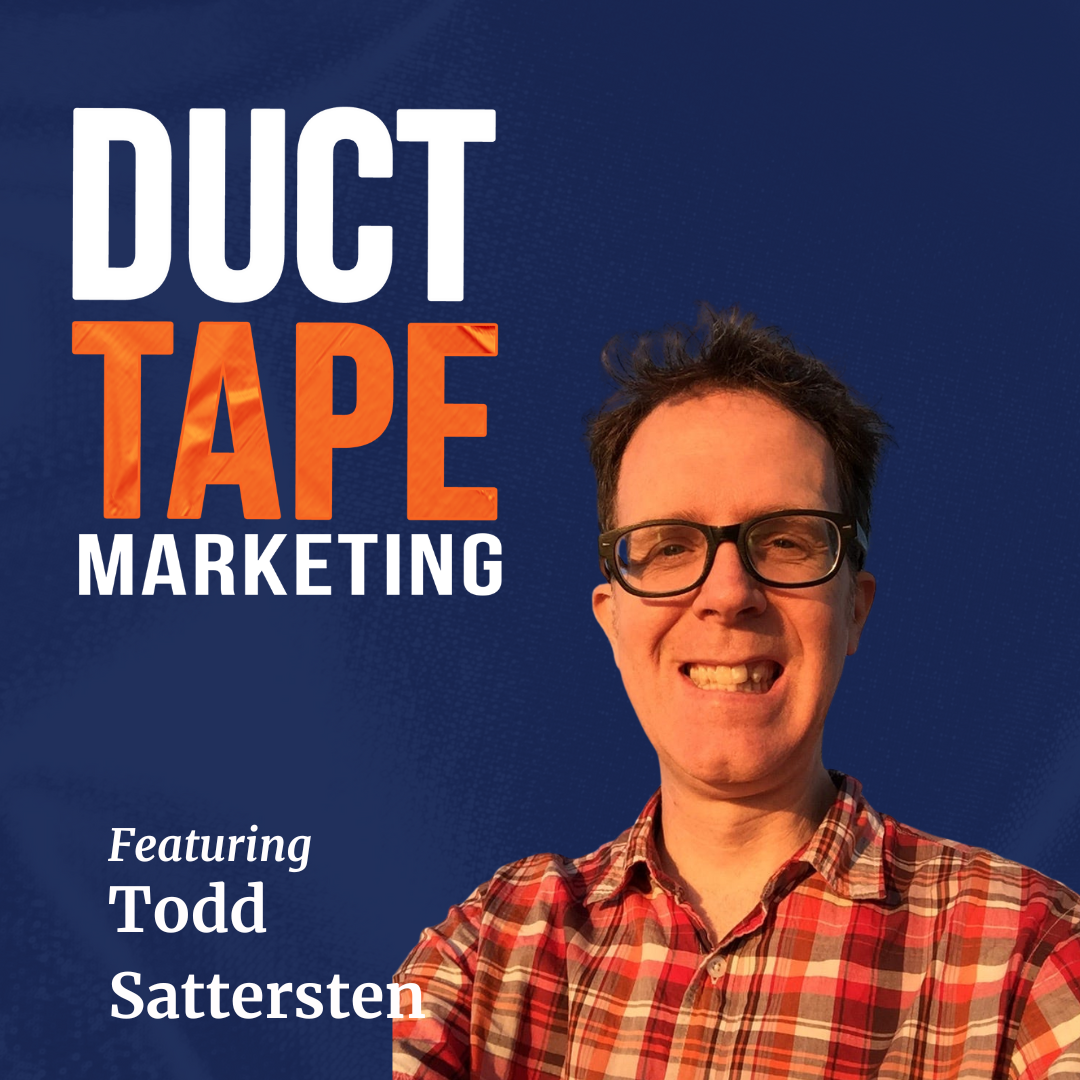 Overview
Overview
On this episode of the Duct Tape Marketing Podcast, John Jantsch interviews Todd Sattersten, publishing veteran, business book expert, and CEO of Bard Press. Todd’s new book, “100 Books for Work and Life,” distills a lifetime of reading and curation into a guide for anyone seeking wisdom, growth, and practical tools for success. Todd shares how he chose the top 100, why timeless and timely books both matter, and how reading with intention (not just for validation) can radically change your business, leadership, and life.
About the Guest
Todd Sattersten is CEO of Bard Press, a leading business book publisher and curator behind bestsellers like The One Thing and The Gift of Struggle. With more than two decades in the book industry, Todd is known for his discerning eye for transformative business and self-help books, and for helping authors shape works that stand the test of time.
- Website: bardpress.com
- Book & Resources: the100.best
Actionable Insights
- The best books challenge your thinking, provide clarity, and offer practical storytelling you can use—regardless of their age.
- Timeless books (like “How to Win Friends and Influence People” or “The Effective Executive”) are written so their lessons aren’t bound to any particular era.
- Modern classics and timely books matter too—some topics need regular updates to stay relevant (especially around technology and culture).
- “Tiny Habits” by BJ Fogg is an underrated gem for anyone wanting step-by-step guidance on changing behaviors.
- Read for self-improvement, not just validation—step outside your comfort zone and seek books that challenge where you’re struggling most.
- Reading with intention—looking for answers, frameworks, or new perspectives—makes any book more valuable than reading for volume or badges.
- The right book at the right time can be transformative; the 100 Best is organized by 25 topics (with four books each) to help you find answers for what you need most.
- For young entrepreneurs, Todd recommends:
- “Badass” by Kathy Sierra (customer success focus)
- “Influence” by Robert Cialdini (persuasion and leadership)
- “The Coaching Habit” by Michael Bungay Stanier (coaching and people development)
Great Moments (with Timestamps)
- 00:43 – How the 100 Best Were Chosen
Key criteria: unique approach, clarity, and practical storytelling. - 03:26 – The Power of Neuroscience at Work
How “Your Brain at Work” changed Todd’s perspective. - 05:30 – Blurring the Line Between Work and Life
Why business and life books belong together—and how “Grit” bridges both. - 08:14 – Four Years, 100 Books, 25 Topics
The research and curation process behind the book. - 09:40 – Most Underrated Book?
“Tiny Habits” by BJ Fogg deserves more attention. - 11:24 – What Makes a Book Timeless?
Why some classics never age and why we also need timely books. - 13:35 – Newly Relevant Advice
Why “How to Win Friends and Influence People” still resonates today. - 14:57 – Reading for Self-Improvement vs. Validation
The value of reading outside your comfort zone. - 18:41 – Reading With Intention
How to find frameworks, answers, or new perspectives—even when the author didn’t intend them. - 21:26 – Top Three for Young Entrepreneurs
Todd’s must-reads for those just starting out.
Insights
“Read for self-improvement, not just validation—seek books that challenge you where you need it most.”
“Classics are timeless because they focus on core human truths, not trends or technology.”
“Reading with intention—looking for specific answers or frameworks—makes every book more valuable.”
“The best business books are really about self-awareness, empathy, and leadership.”
“Coaching and customer success are foundational skills for every entrepreneur.”
[fusebox_trnscript]
 Overview
Overview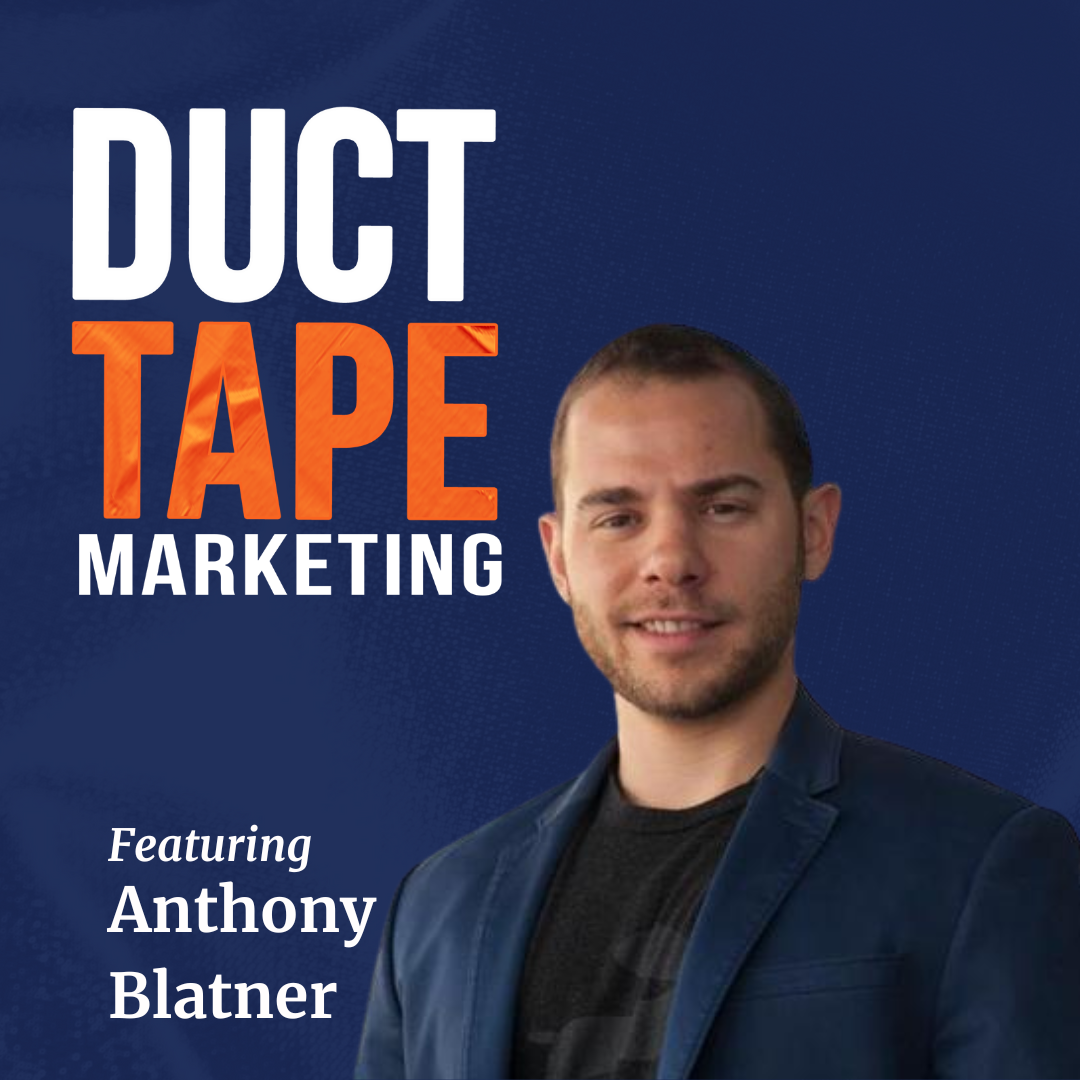 Overview
Overview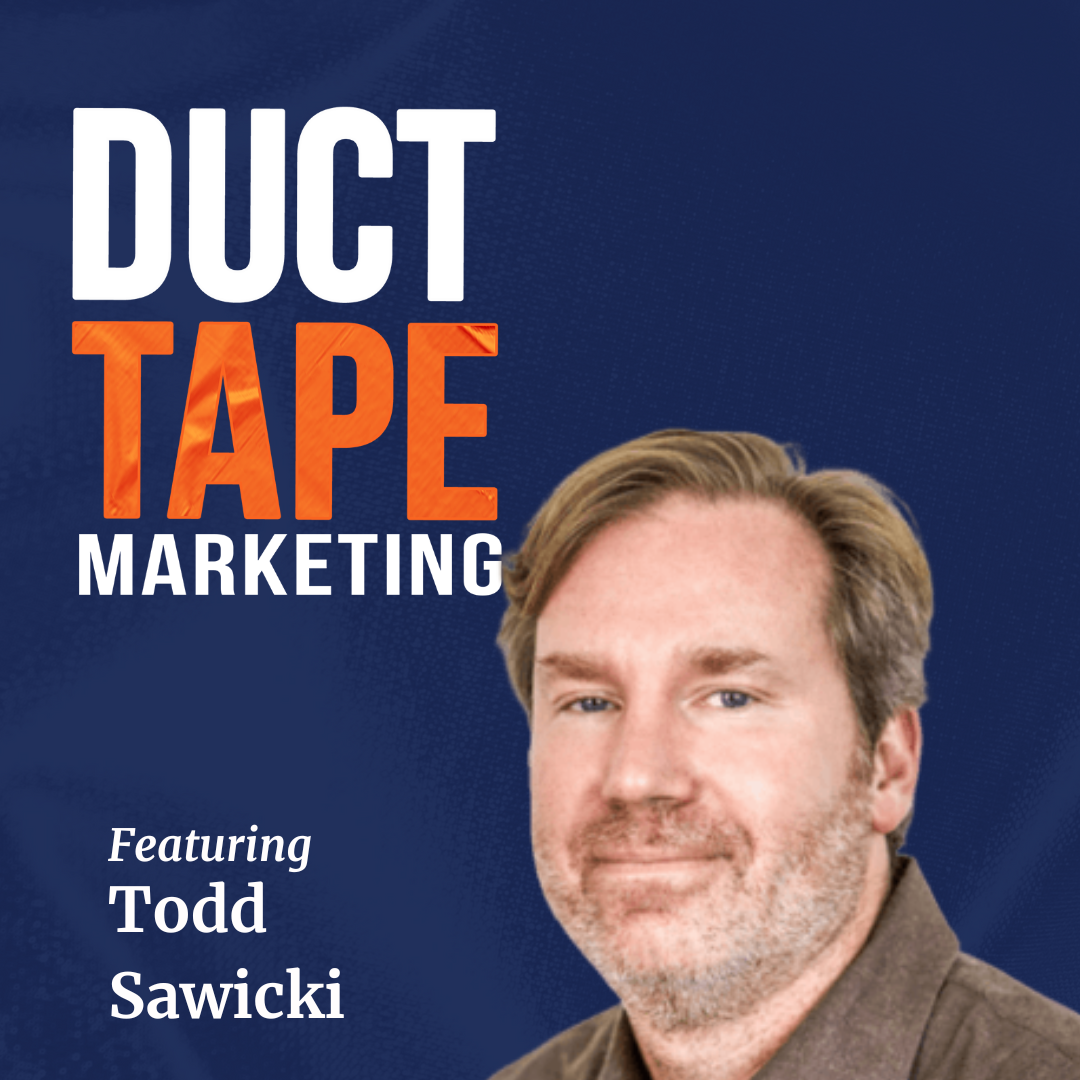 Overview
Overview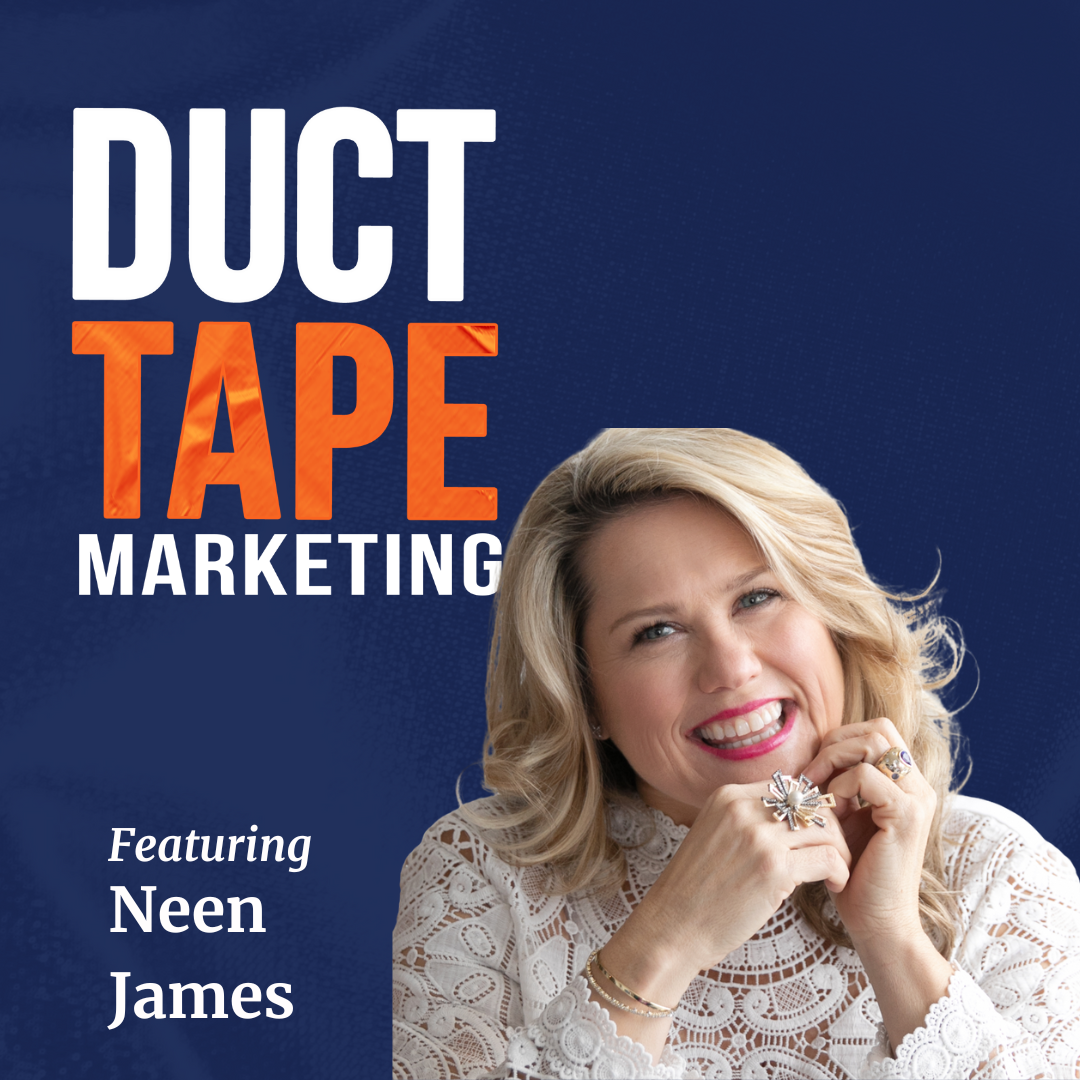 Overview
Overview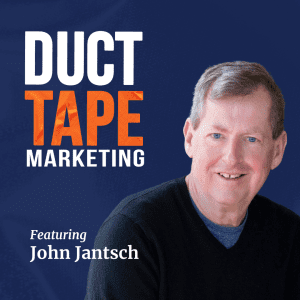 Episode Summary
Episode Summary Overview
Overview model. Sabrina shares her hard-won lessons on succession planning, letting go, and building a company that can truly run without you. After a personal tragedy forced her to step away for six weeks, she discovered the systems, mindsets, and leadership development needed to create a business that’s sustainable, profitable, and supports the lives of owners and teams alike. If you want your business to thrive—whether you’re present or not—this episode is packed with practical, people-focused advice.
model. Sabrina shares her hard-won lessons on succession planning, letting go, and building a company that can truly run without you. After a personal tragedy forced her to step away for six weeks, she discovered the systems, mindsets, and leadership development needed to create a business that’s sustainable, profitable, and supports the lives of owners and teams alike. If you want your business to thrive—whether you’re present or not—this episode is packed with practical, people-focused advice. Overview
Overview Overview
Overview

 Overview
Overview